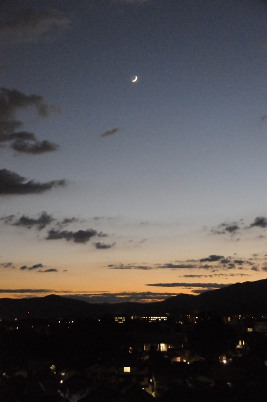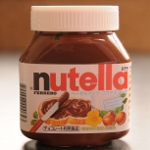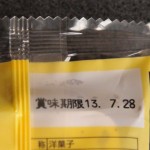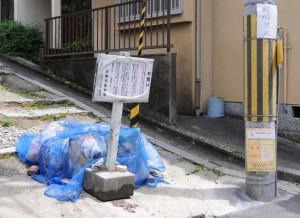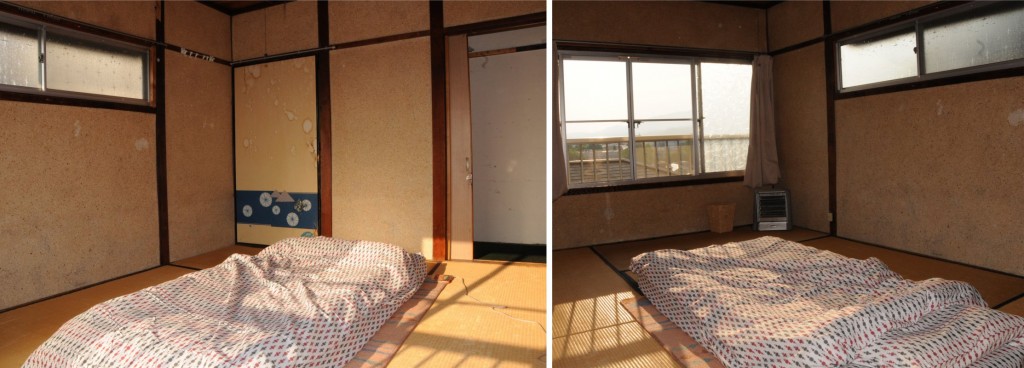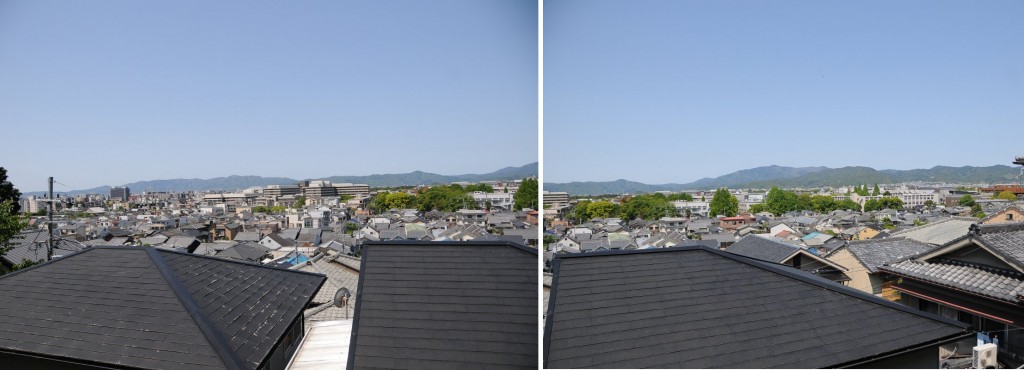There is a certain problem appearing on the horizon, and its name is cash flow. No, I’m not out of money and I won’t be for quite a while – benefits of having lived frugally all these years – it’s just that there may be difficulties in accessing any of it. Japan, although so modern and industrialized, is still a cash society. I have written about this before, and also about the problems you may have finding an ATM accepting foreign issued cards.
Adding insult to injury, on April 19th, 2013, the Japanese banks have  decided to upgrade the security system of ATM’s, thus affecting all non-Asia issued cards with the Maestro logo insofar as it will not be possible to withdraw money. Here is the announcement from Master card’s homepage:
decided to upgrade the security system of ATM’s, thus affecting all non-Asia issued cards with the Maestro logo insofar as it will not be possible to withdraw money. Here is the announcement from Master card’s homepage:
To: Cardholders of Maestro-branded EMV Cards issued outside of the Asia/Pacific Region
Re: Temporary Suspension of Maestro ATM Acceptance in JapanThank you very much for patronage with MasterCard. All Maestro-branded EMV cards issued outside of the Asia/Pacific region are temporarily unable to withdraw currency at domestic ATMs, while the regional ATM network is upgraded.
However, Maestro-branded EMV cards issued in the following countries are able to withdraw currency at domestic ATMs.
- Netherlands
- Canada
Maestro-branded EMV cards issued within the Asia/Pacific Region, Maestro-branded cards without EMV chip, MasterCard-branded cards, and Cirrus-branded cards are not affected by this temporary suspension of service. Cardholders can continue to be able to use these other MasterCard products at ATMs and merchants across Japan.
MasterCard is working with these customer financial institutions to enable full acceptance of all cards as soon as possible.
Please accept our deep apology for the inconvenience caused.
This means that not a single one of my Europe-issued bank cards will work here on any ATM for an unknown (undisclosed?) period of time. Rejoice, oh gaijin! Slightly panicking, I have contacted my bank. They confirmed the above statement but claimed that highly frequented ATM’s were unaffected, like those in shopping centres.
As I am not out of cash just yet – and it’s always better to withdraw a larger amount of money when abroad – I have not tried one of those yet, but will have to soon, I’m sure. We’ll see how it goes. In the worst case I can always get cash using my credit card – to steeper fees, of course.


